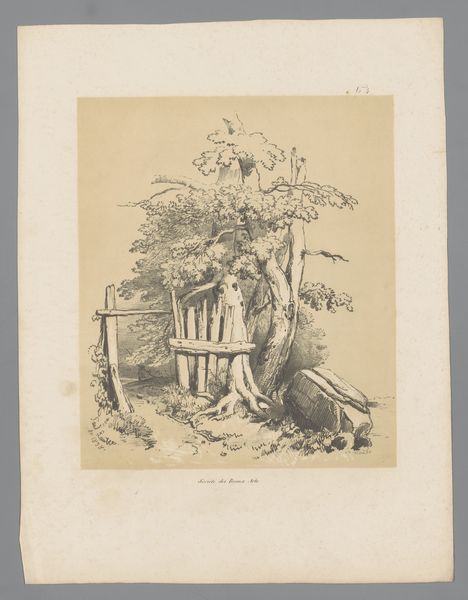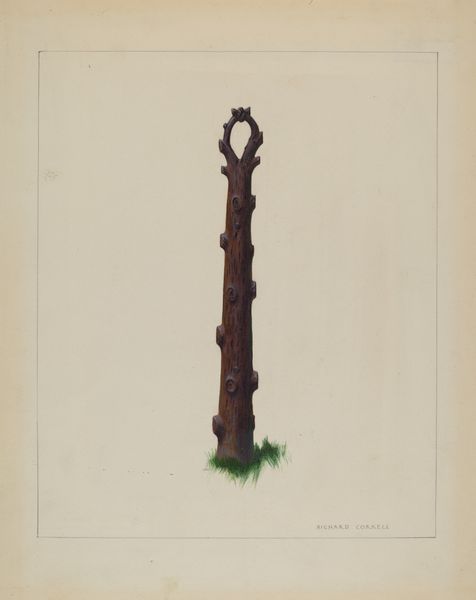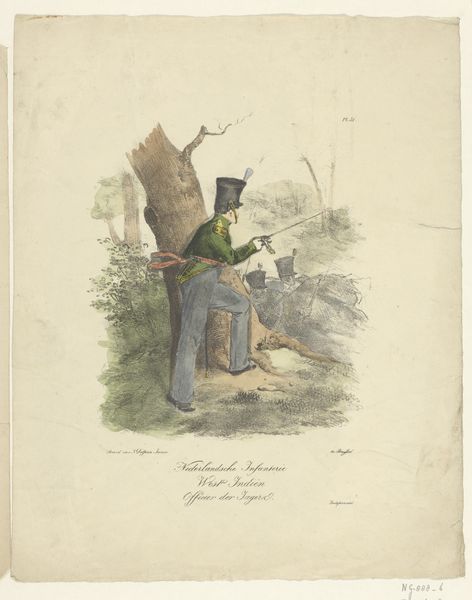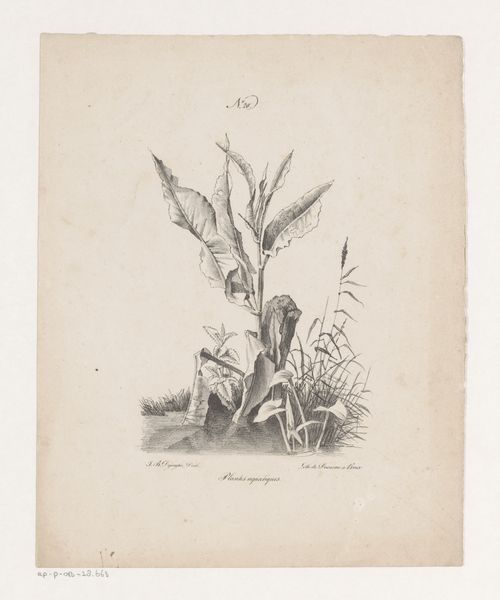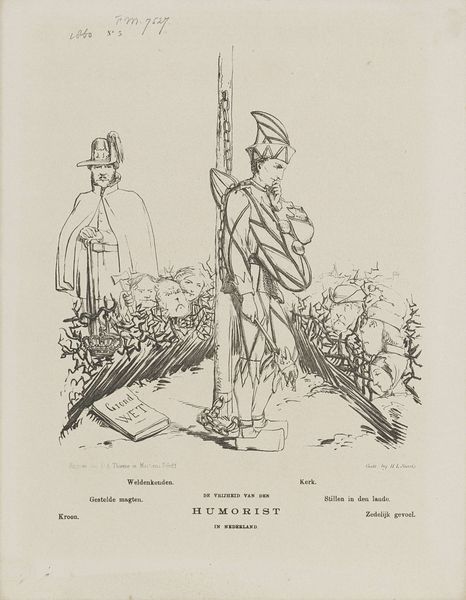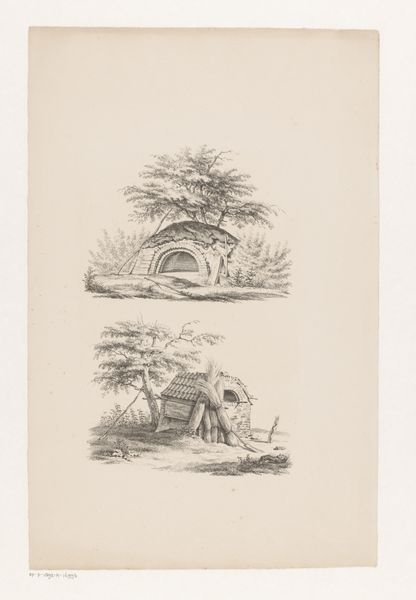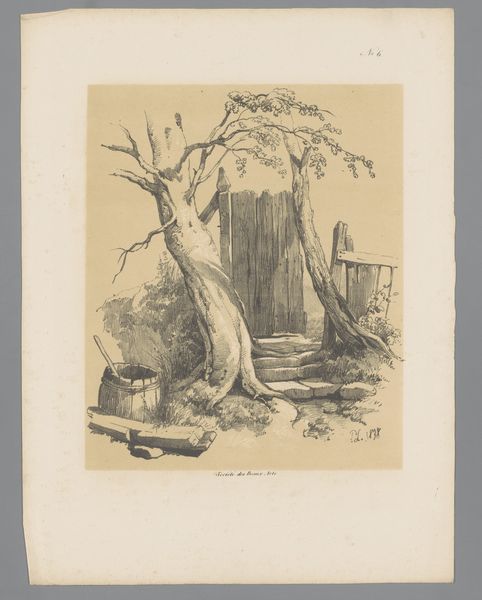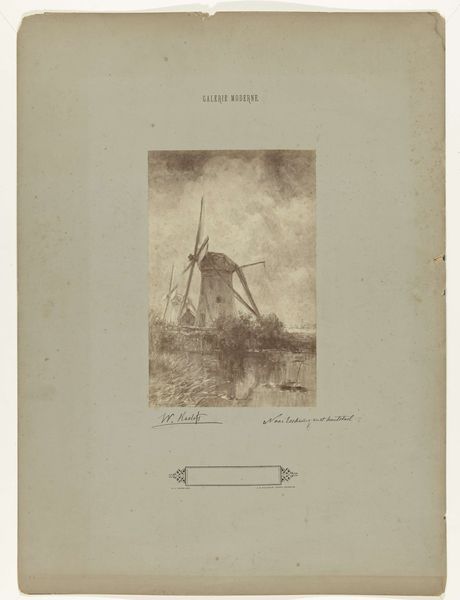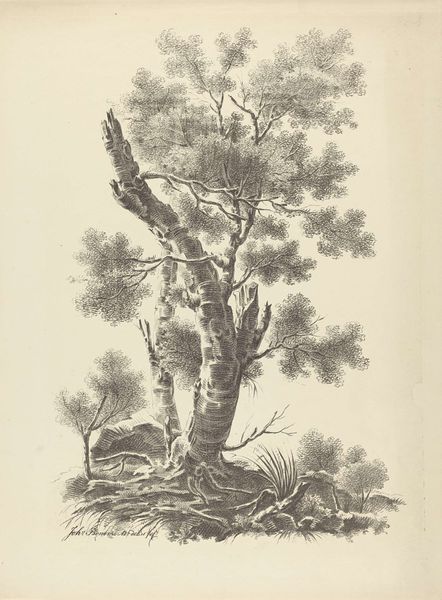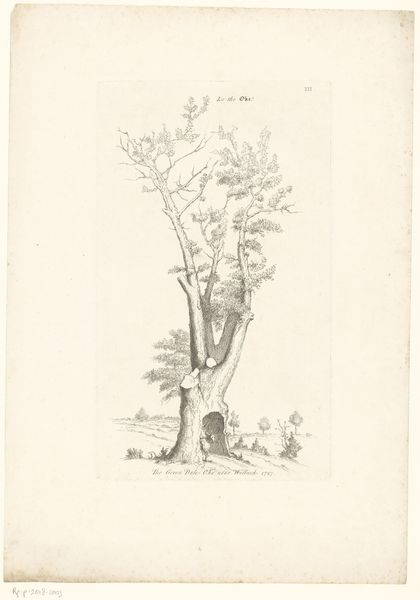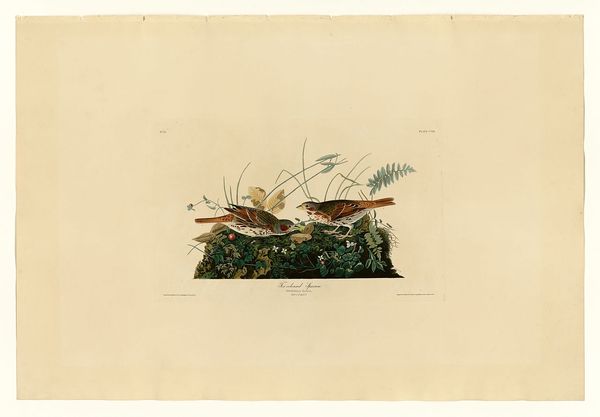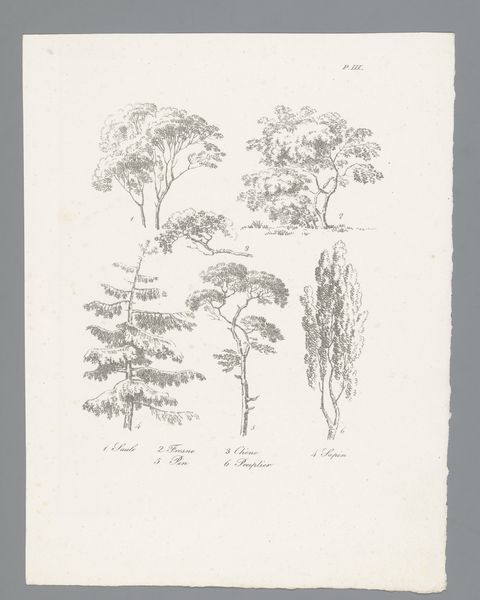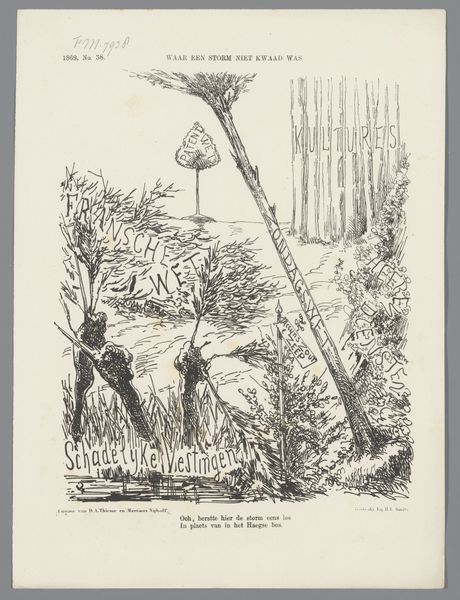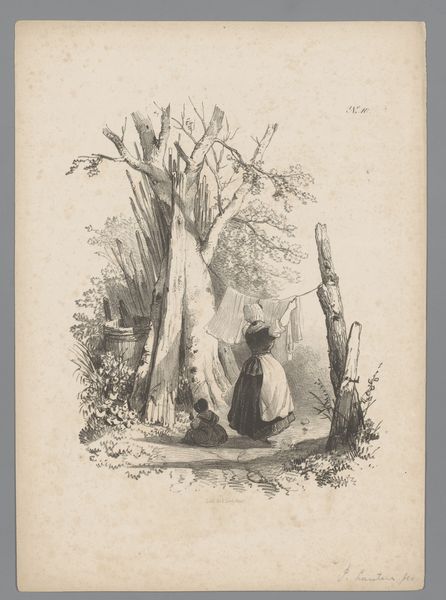
drawing, plein-air, watercolor
#
drawing
#
plein-air
#
landscape
#
watercolor
#
coloured pencil
#
folk-art
#
watercolor
Dimensions: overall: 36.3 x 28 cm (14 5/16 x 11 in.) Original IAD Object: 3'high
Copyright: National Gallery of Art: CC0 1.0
Editor: This watercolor drawing, "Wooden Grave Marker" from around 1937 by Majel G. Claflin, strikes me as deceptively simple. There's something poignant in its almost naive style. What cultural narratives do you see embedded in this image? Curator: That poignancy, I think, arises from the confluence of folk art traditions and the socio-economic realities of the time. Given the likely setting and the date, during the Great Depression, how might limited resources shape artistic expression and burial practices in rural communities? Editor: That's interesting. I hadn't considered the Depression's impact on something like grave markers. Does that context shift our understanding of the work's symbolism? Curator: Absolutely. The handmade nature of the marker, the unassuming materials, the very directness of the imagery... these all speak to a community deeply connected to the land and to each other. The simple cross might symbolize faith, but what does its integration within a wooden structure, clearly shaped by hand, also suggest about self-reliance and a localized spiritual practice? Editor: I guess it underscores the deeply personal and community-driven aspect of mourning when resources are scarce. Curator: Exactly. Consider how this marker might stand in contrast to more elaborate, mass-produced monuments found in wealthier urban cemeteries. What statement does it make about different forms of remembrance? About class? About cultural value? Editor: I see now how a seemingly simple image can open up into broader questions of economic disparity, cultural traditions, and even the democratization of grief. Curator: Precisely. Art often reflects the society that creates it. Even a grave marker, especially one rendered during a time of hardship, holds profound social meaning. Editor: I’ll definitely look at folk art with new eyes now, considering its historical and economic context. Thank you!
Comments
No comments
Be the first to comment and join the conversation on the ultimate creative platform.
